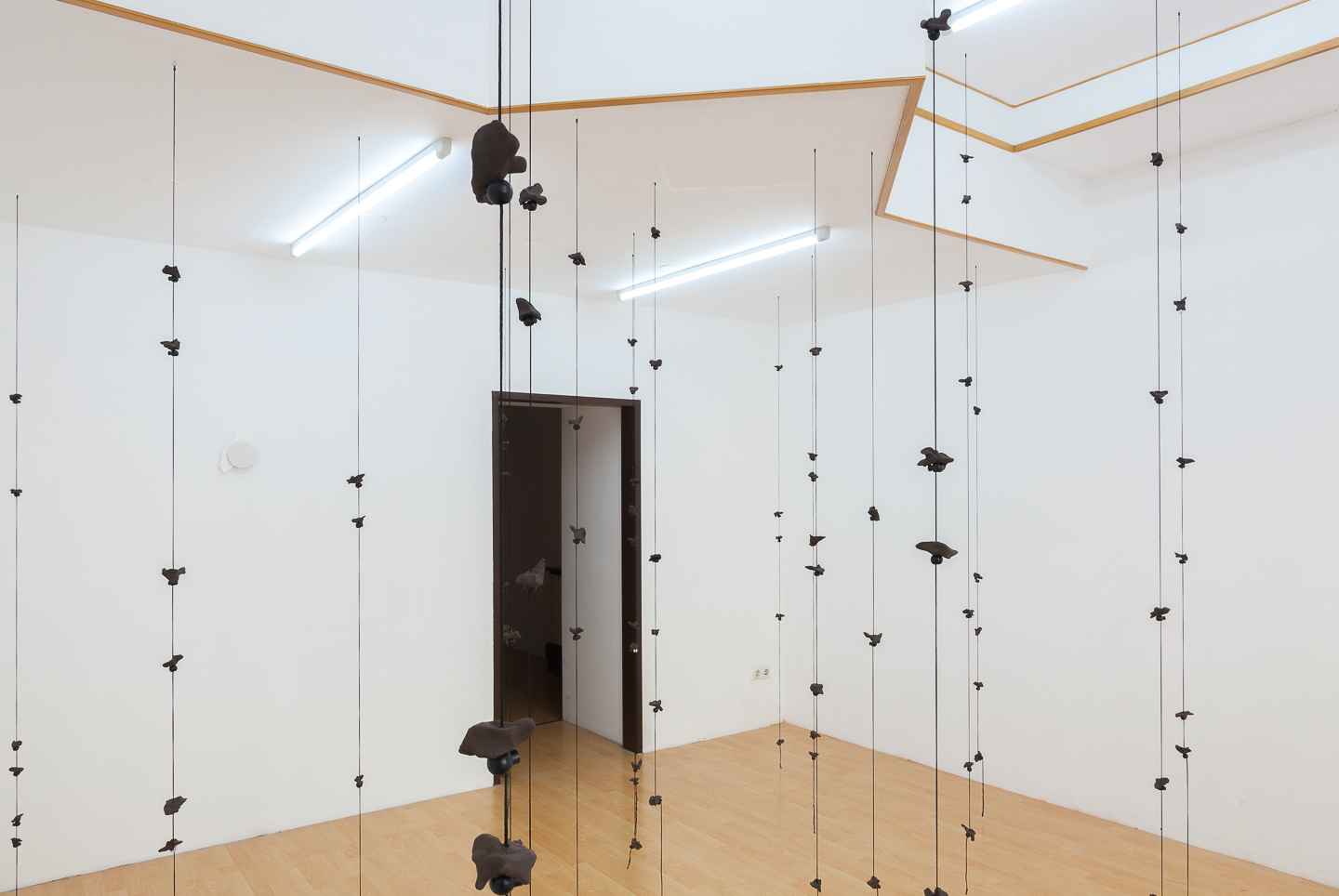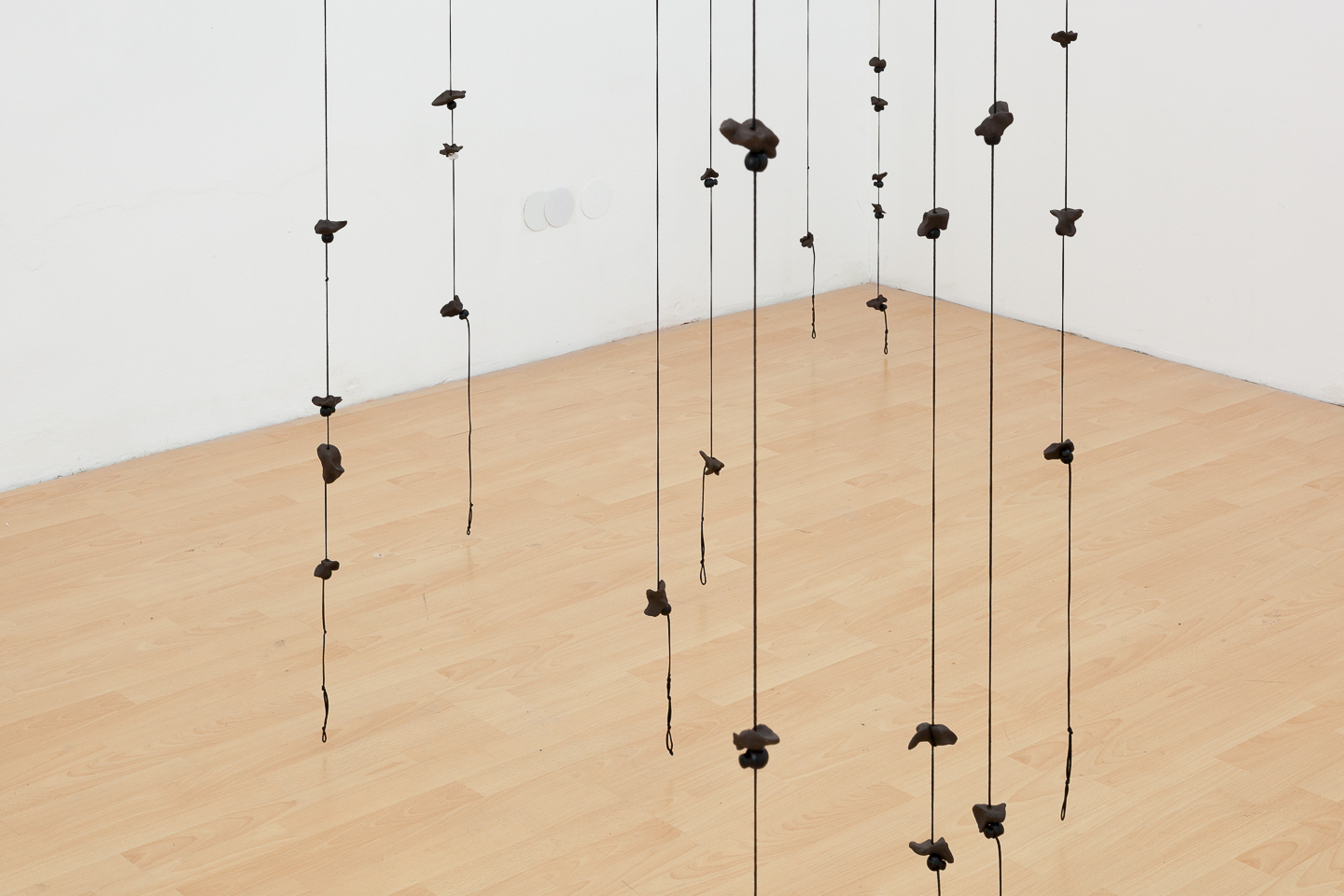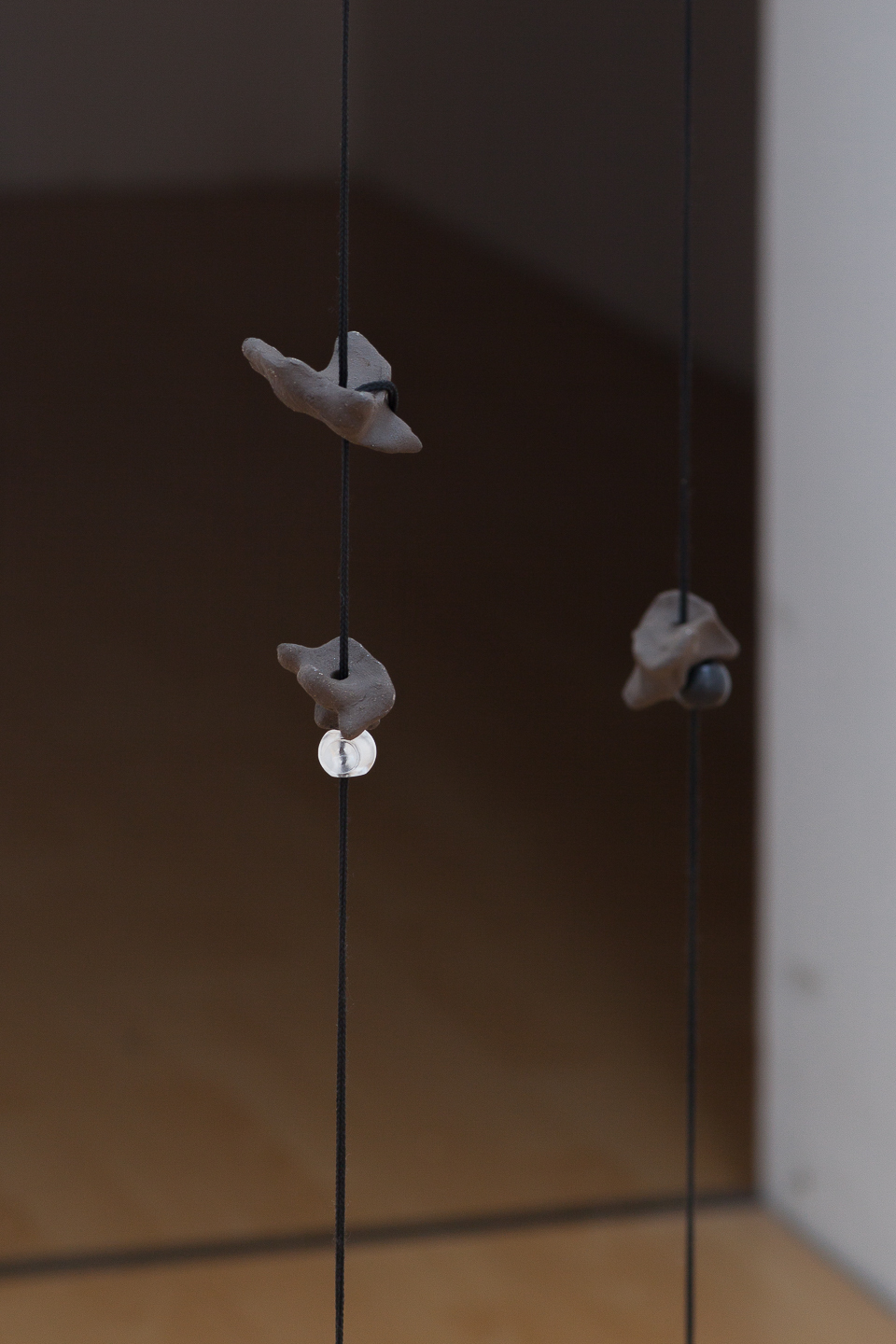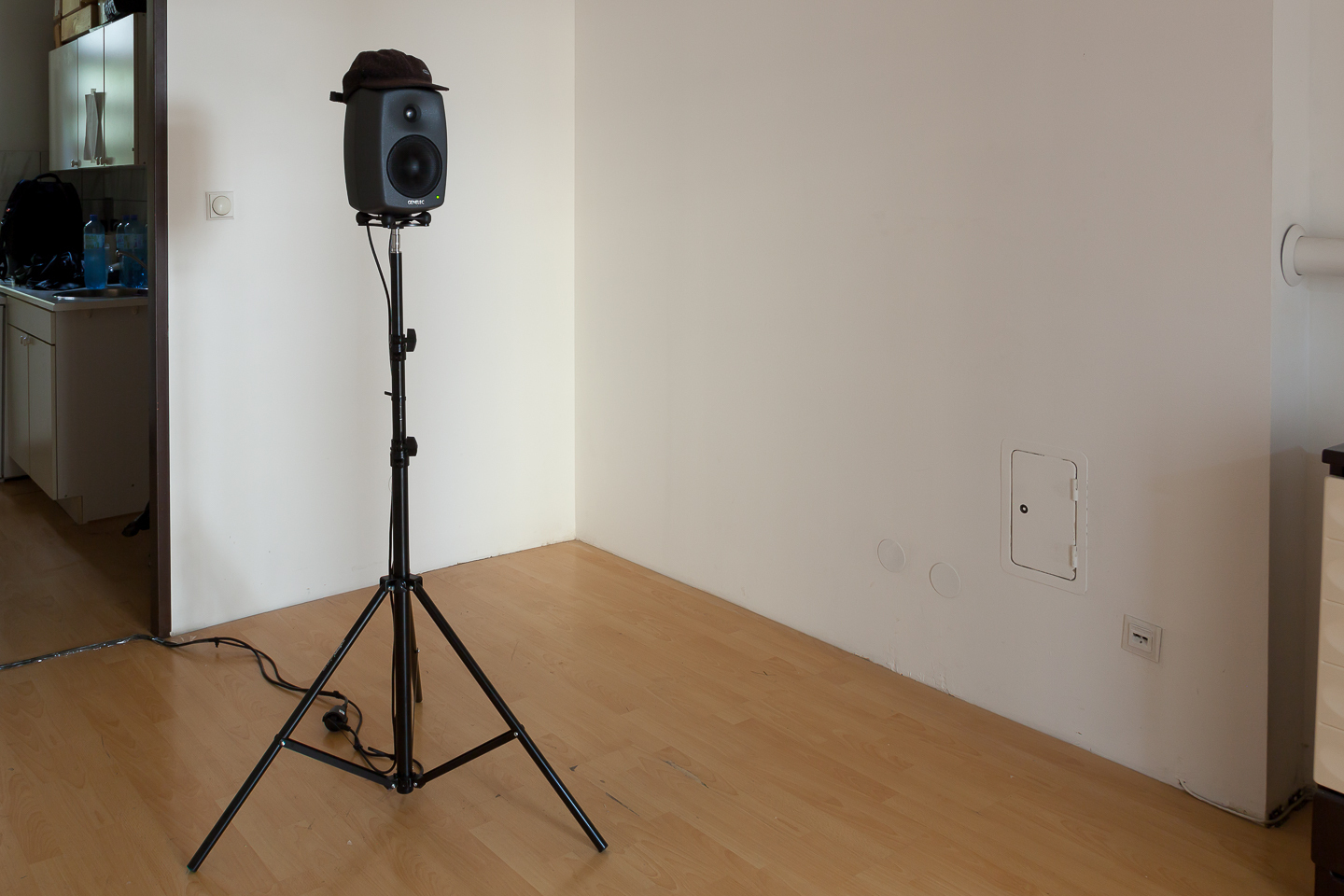Archive
2021
KubaParis
Vague Intellectual Pleasures




Location
Loggia, ViennaDate
08.07 –14.08.2021Photography
Flavio PalascianoText
The title of the exhibition "Vague Intellectual Pleasures" refers to the book "Thought Forms", which Annie Besant had published together with W.C. Leadbeater in 1901. Annie Besant, born in 1847 in Clapham, London, was a socialist who actively campaigned for secularization, women's rights and workers' rights. She was active in trade union circles attempting to reunite the left, which had divided into anarchists and collectivists, and was on trial as co-editor of "The Fruits of Philosophy," a book that discussed, among other things, the benefits of contraception. In addition to her politically activist essays and writings, she also produced works increasingly influenced by Theosophy, which was emerging at the time - including the aforementioned "Thought Forms." These "Thought Forms" show the attempt to visualize the emotions of other people with the help of a translation process between clairvoyance and painting.
Leadbeater and Beasant each function as a medium that can see the thought forms and their resulting vibrations of extremely small material particles. According to the instructions of the two mediums, befriended painters transfer what has been observed back into more than 50 colored panels so that everyone is able to see them. Perhaps this is a kind of mediumistic forerunner of magnetic resonance imaging - only that in "Thought Forms" it was the particle vibrations of the emotions that were recorded in color.
Panel number 18 shows the emotion "Vague Intellectual Pleasure" - it is the feeling that is triggered by "pleasure in the intellectual, [the] appreciation of the results of an inventive mind, or pleasures derived from skillful work". A fuzzy yellow cloud floating in front of an almost black background. Depending on whether my "Vague Intellectual Pleasure" is mixed with selfishness, or whether it is directed toward lower or higher concerns, the yellow tends from dark and dull, to bright and lemon. Since the color, as the two authors make clear, is also very much influenced by my expertise as an artist, I do wonder, if here with "lower" perhaps punk rock is meant, while with "higher" certainly Mendelsohn is referred to, whether the colorfulness of my "Vague Intellectual Pleasure" might not be oriented more to my subjective pleasure than to an absolutely set, bourgeois understanding of high and not-so-high culture. Probably the colorfulness of the cloud rather follows my inner joy and enthusiasm, the way I always feel, for example, when listening to a magnificently cleverly made scrappy guitar accompanied by an exceptionally bumpy clatter drums, as only a few drummers* can fully indulge in their talent. Annie Besant and W.C. Leadbeater themselves write of Vague Intelectual Pleasure: "Such pure mental enjoyment is indicated by a yellow cloud, and the same effect may be produced by pleasure in musical skill or a witty argument." So I would assume that for me, the cloud of enthusiasm also shows up in a clear lemony yellow when I listen to "Oma Hans" and or whenever I think about the songs of "Lana del Rey". I imagine this cloud to be in lemon yellow when I read Simone Weil or think about whether the conditions for a decentralized democratic socialist social order, as described by Gustav Landauer, must first be given from one's own, somehow inner, attitude or whether they must have already been created beforehand by external circumstances and material conditions. The cloud is probably also lemon yellow, if I, as mostly, do not find a conclusive answer.
Vague Intellectual Pleasures is also the title of a series of fanzines which I initiated. The first issue was titled "Gustav Landauer Fanboy Text" devoted to the mystically influenced anarchist Gustav Landauer (1870-1919). At the moment I am working on a second issue on and about Simone Weil (1909-1943). Similar to Gustav Landauer, Simone Weil was influenced by a a mystical worldview and became a mystic herself, but without turning away from political activism. Both Landauer and Weil recognize how different each person's preconditions can be in their respective contexts and recognize their individual paths as only one of many valid paths toward freedom equality and solidarity. In both theories, the undefined or vague, the deliberate non-definition of "the other," plays a prominent role. The text I wrote under the title "Ekstase" (Ecstasy) and which I produced here as an audio installation in collaboration with Jakob Braito, is somewhat in between these two fanzines. From the beginning it was written to be listened to, yet "Ekstase" moves a bit further away from text or language as a pure information medium, and towards an increased sense of gap, sound and bodily experience.